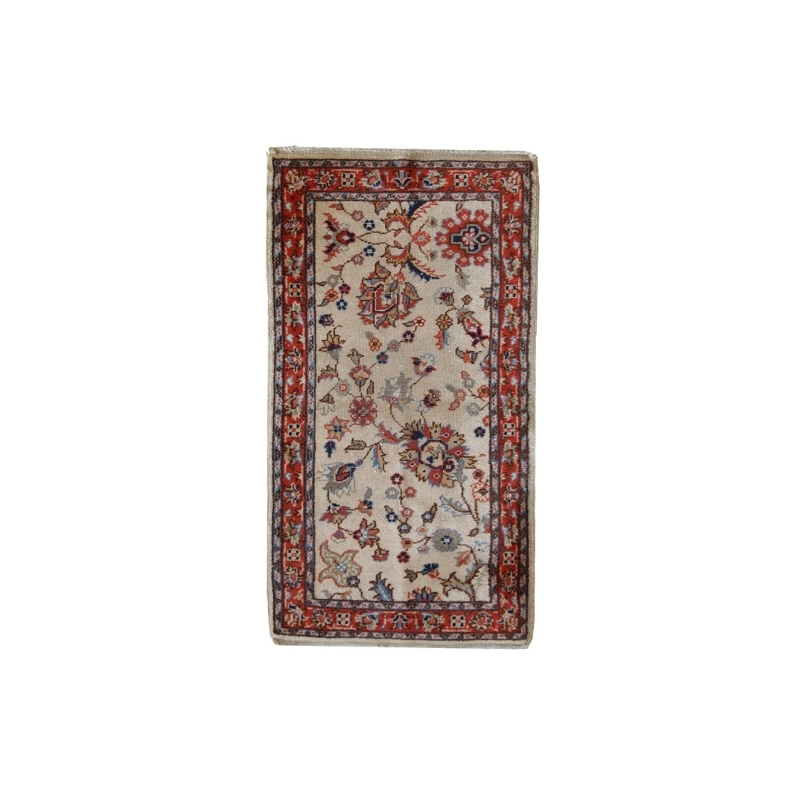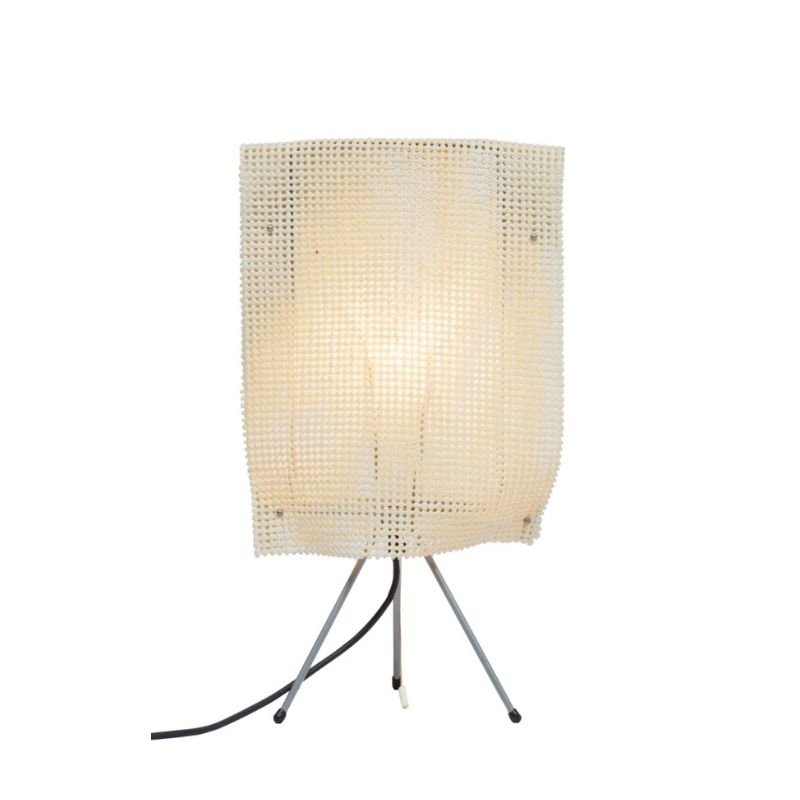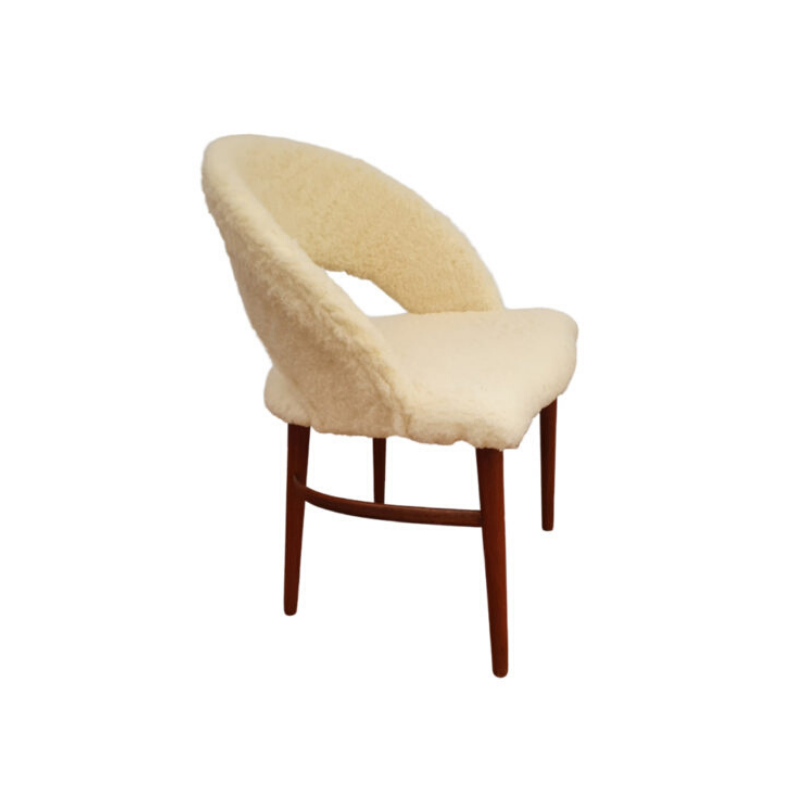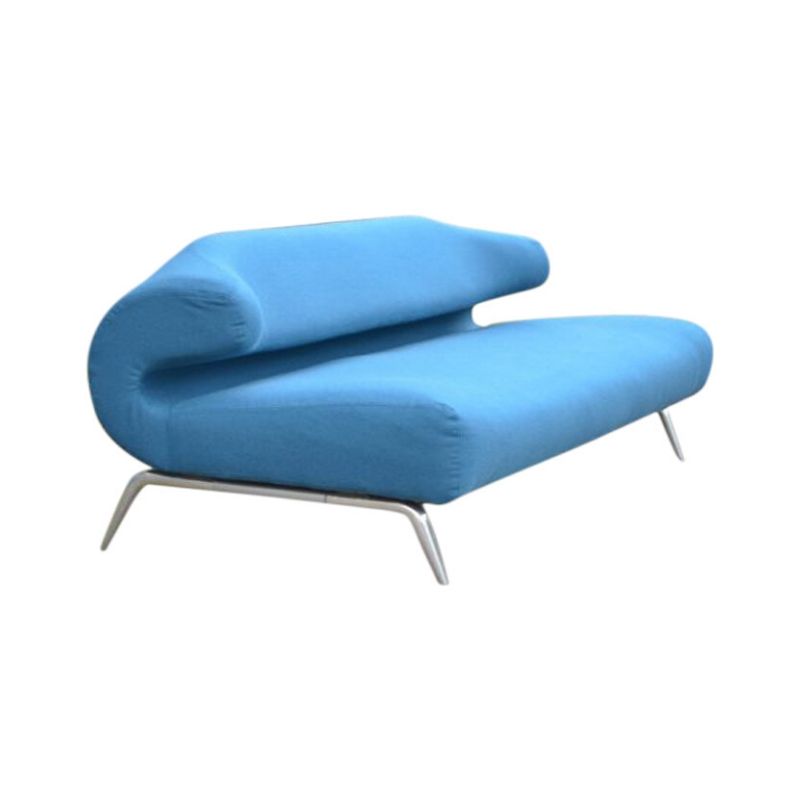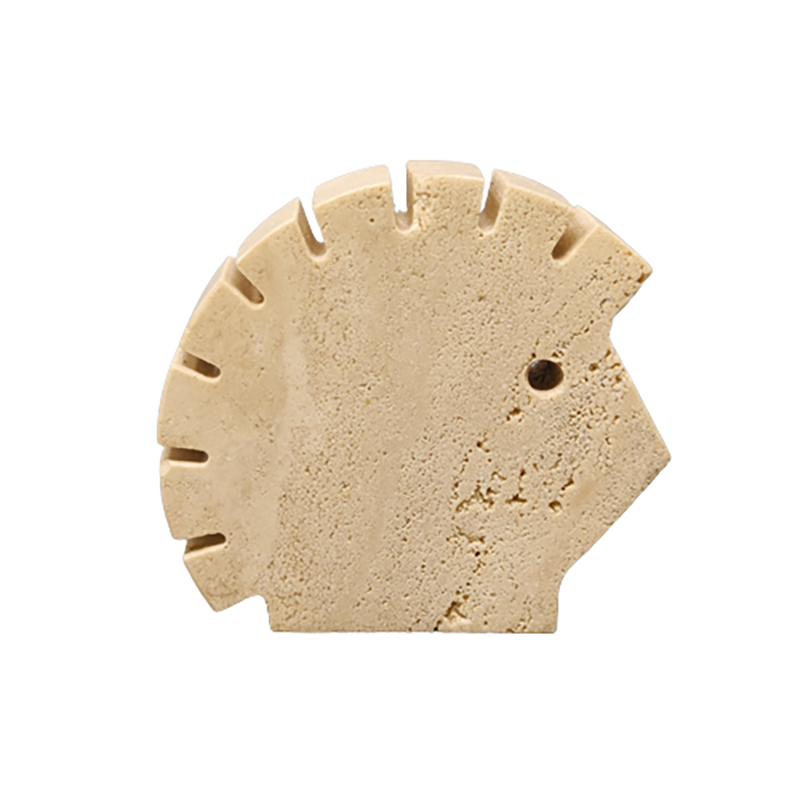Good points, thanks Spanky.
Yeah, In looked for the Milafin online too. Probably have to contact HM to find out for sure.
Did not know that you could find where each of us were by clicking on the user name, but it looks like I guessed right anyways, so no foul.
Only problem with MSDS, is that it doesn't have that great of detail. It lists 'Petroleum Distillates,' but that is is just a catch-all for aliphatic solvents. Also, MSDS doesn't have to list constituents below a certain %, so certain constituents just are not listed. A good resource for ball park ingredients anyways.
I don't think it matters what the finish is for dealing with the stain. It needs to come off for the stain to be dealt with. It seems clear this is not a sufficiently porous finish for an oxalic acid solution to get through. And on thick film finishes like polyurethane, when water does get through it just swells the wood and cracks and lifts the finish, resulting in a whitish hazy area. It is my belief that this is the likelihood of what is going to happen in spot treating this table with oxalic acid if you get it deep enough in to actually have an effect. The best case is probably what the OP has already had happen: nothing, which is to say the oxalic acid solution has not soaked through.
On a side note, it may take a long time for the oxalic acid to soak through on this finish, at which point it will no longer be hot, and won't be very effective. But the water will be very effective at further damaging the finish.
That said, there might be another benefit to figuring out what the finish is before you remove it: so that you can put something like it back on the table, or discover whether that will be an important requirement in the process. But that is a separate question entirely. Also, many of the finishes used in the last 40-50 years in factory environments are not something that can be practically used, or even acquired, except by very big refinishing businesses and up. This is because many of them require dedicated spray rooms with specific spraying equipment and the ability to precisely control temperature and humidity. So the great likelihood is that the original finish nor anything like it is something that can be put back on the table.
I don't know much of anything about HM production, but maybe they offered the same piece with an oil finish, or other more maintainable finish, and the table can simply be "converted" to that finish.
Yes, I'm a bloke living down here in Sydney.
I also tried unsuccessfully to find out about Millafin (that is the spelling on the label under the table). No luck with Milafin, either.
The stains have not changed at all, so as you suggested, Leif, the surface will not let it penetrate. Though as you also suggested, this might not be a bad thing.
I'm not game to strip the table and then attempt to remove the stain and refinish it. The existing finish is a very good one and has been impervious to everything spilt on it until this week. Oh well. That stain will have to be part of family folklore.
I guess I can console myself with the knowledge that at least I didn't have to pay for the table. My wife was one of a team of three who kicked off the HM dealership in Sydney in the 80s. I recall that table came in as part of an order for an office fit out. The client then decided they didn't want it. There was no point returning it to HM, but customs duty needed to be paid on it or the table had to be destroyed. We didn't want to pay the duty, but didn't want to table destroyed, so we spirited it out of the warehouse. Most of the HM furniture we have at home came to us that way.
Thank you all for your considered responses and attempts to help me.
Scott.
Sorry--I stand corrected on the spelling! Would you mind posting a photo of the label? I'm happy to take your word for it but it'd be nice to have photo evidence on the internet just for the record. I found only a few references to "millafin" from anecdotal sources but more for "Milafin
If you were a bit closer, Mark, I would send you the cat. It's an outdoors cat, so no litter box. I have investigated the matter and it seems the cat was locked in the house and used that box as a toilet. Somebody then put the box on the table. So culpability is shared between the cat and one of my girls. I have told her that at mealtimes her seat is now the one where the stain is. She was pretty philosophical about that.
Sparky, I have taken a photo of the label and will post it here when I am back at work tomorrow.
I don't have anything too helpful to add, beyond what others have said about stripping and refinishing (likely a stubborn finish to remove), but has anyone suggested simply having the cat urinate over the whole thing? It seems to have deepened and enriched the color and would likely even things out.
Now that is brilliant.
I will add that cat urine is quite different from human urine, as humans and various other primates, lack the enzyme that finishes the job and converts uric acid to allantoin. And then cats add all their extra special thiols too. So no shortcuts with easier to collect urine from bipeds. Feline 100%.
If it walks in through the garden gate it is not family treasure. Trust me this table will be passed down for generations.
If you need any help, please contact us at – info@designaddict.com



